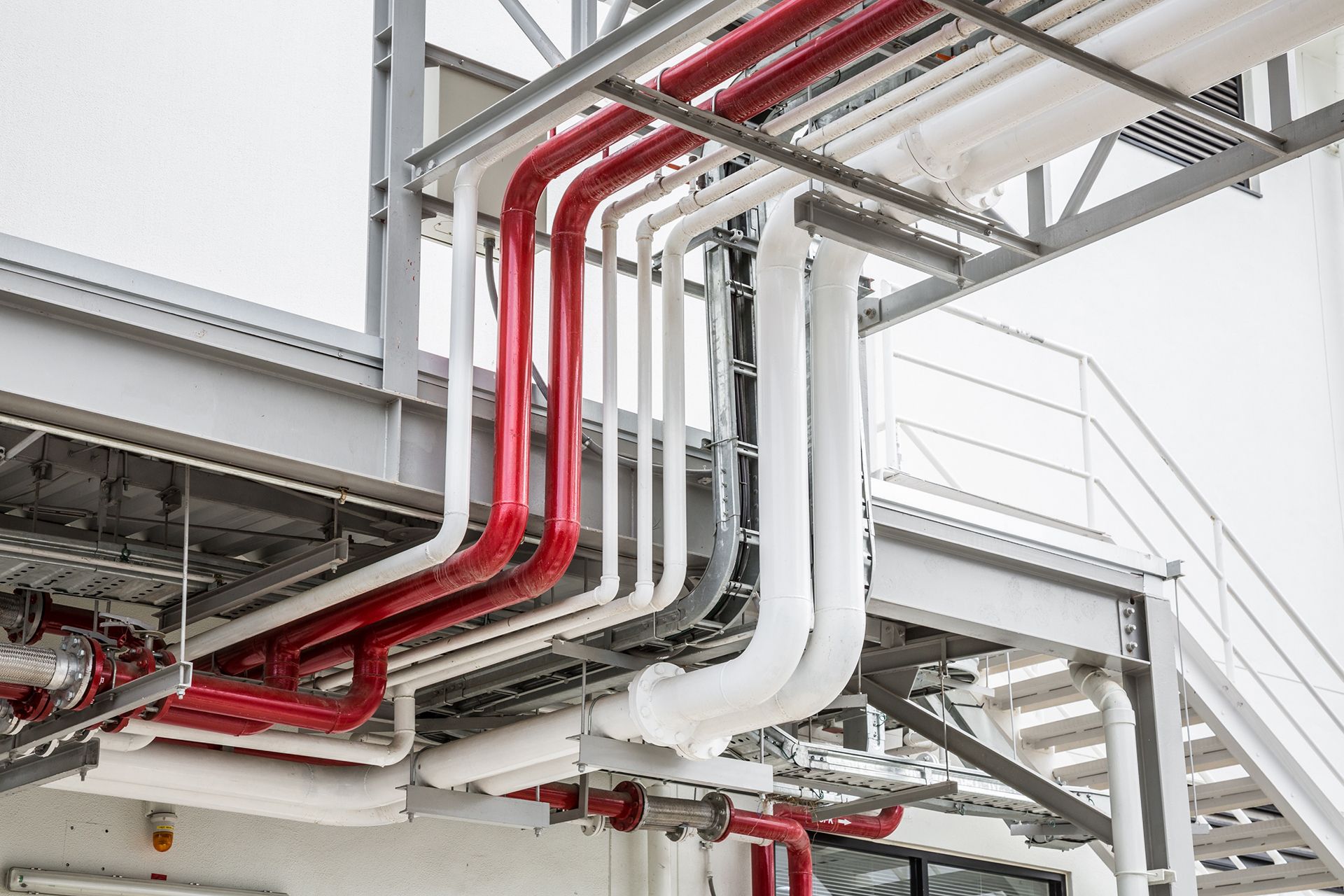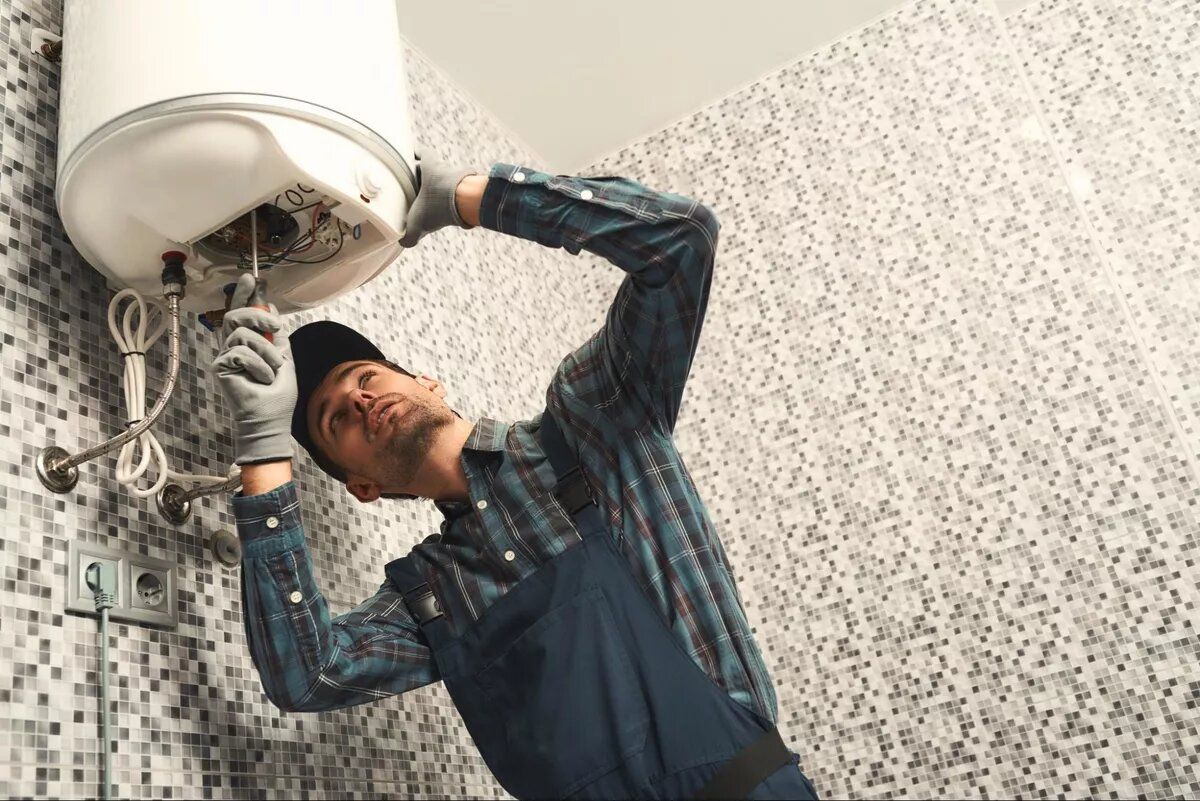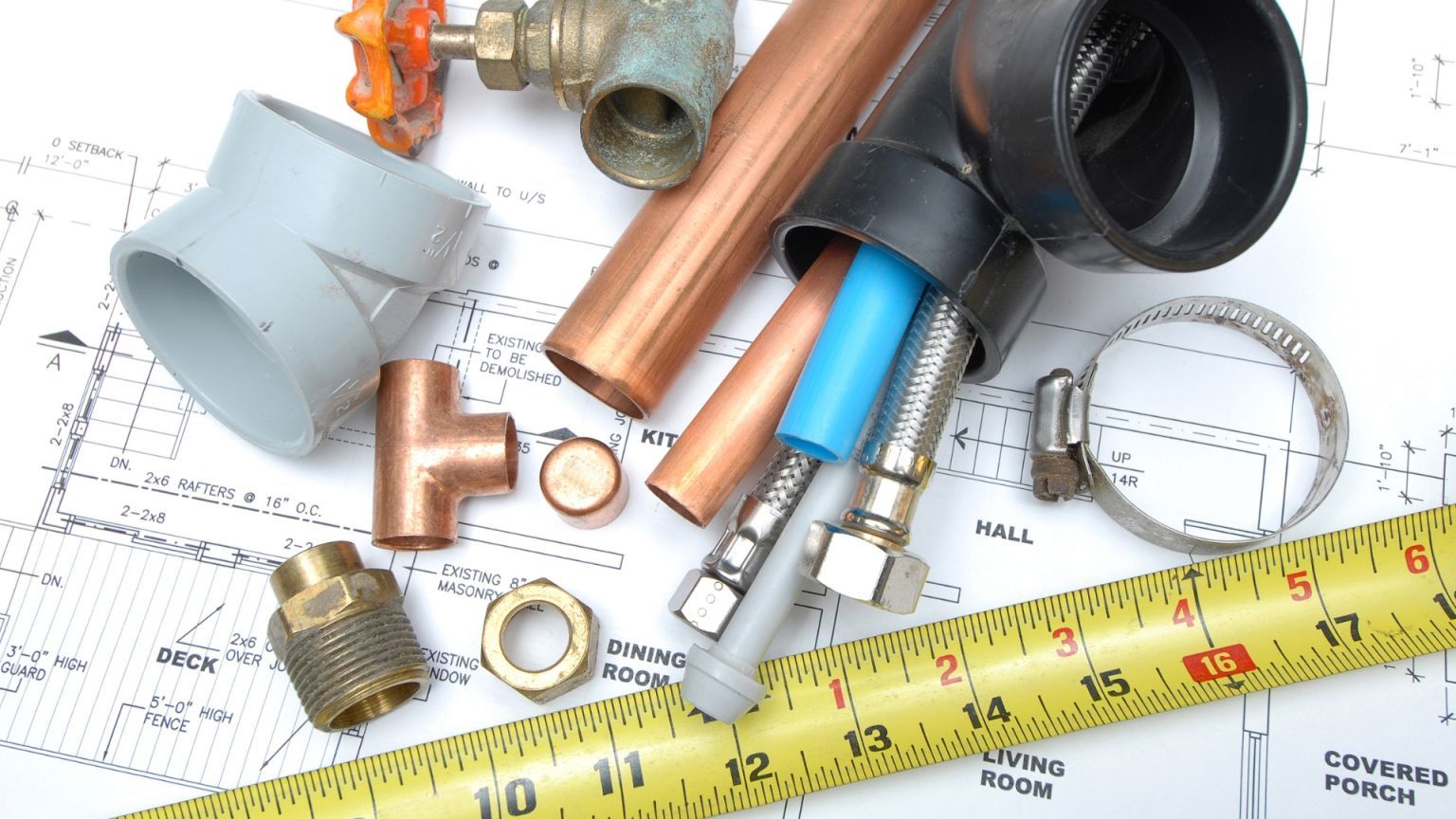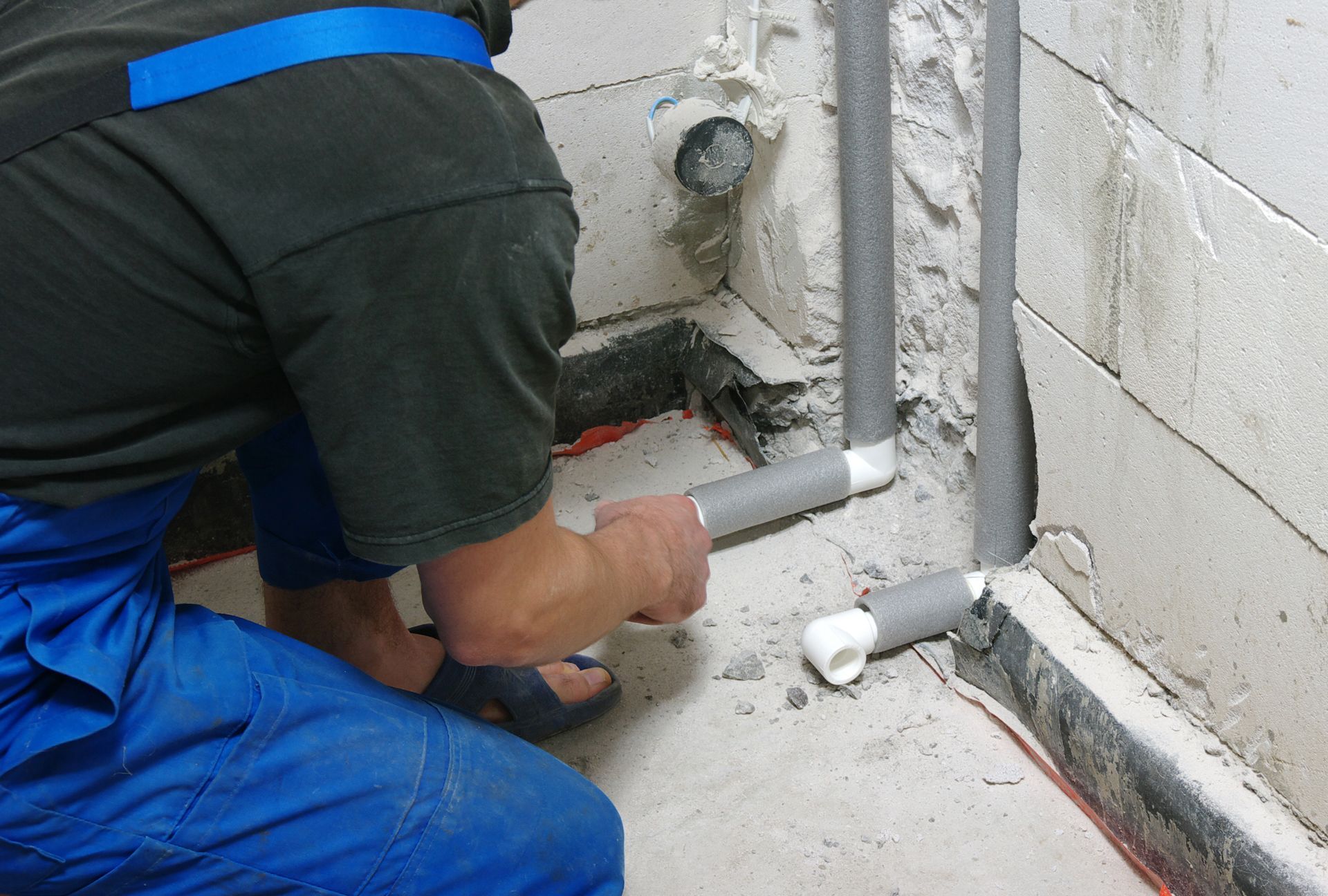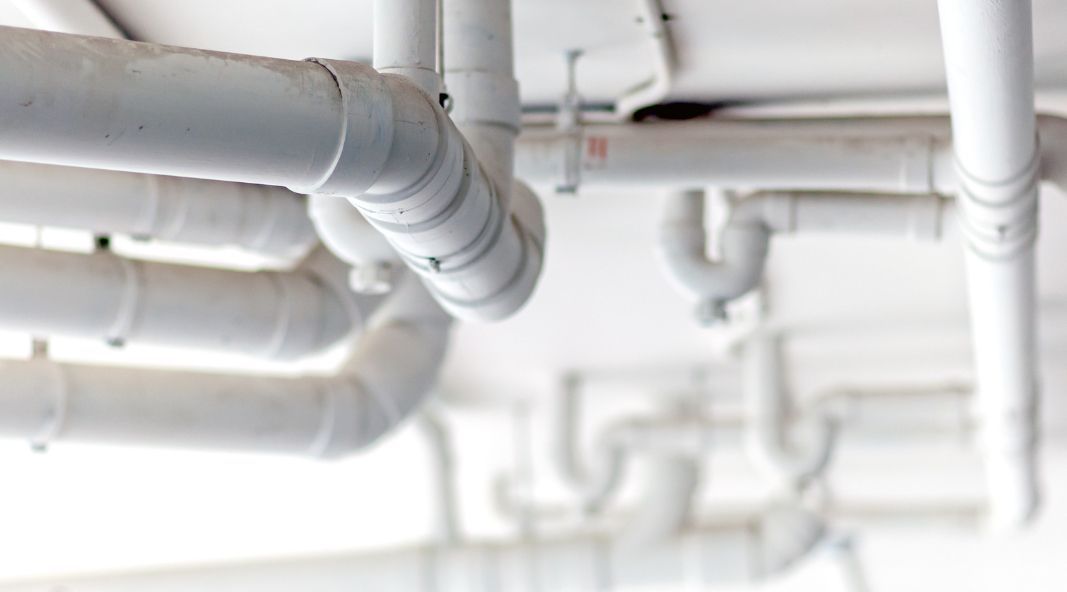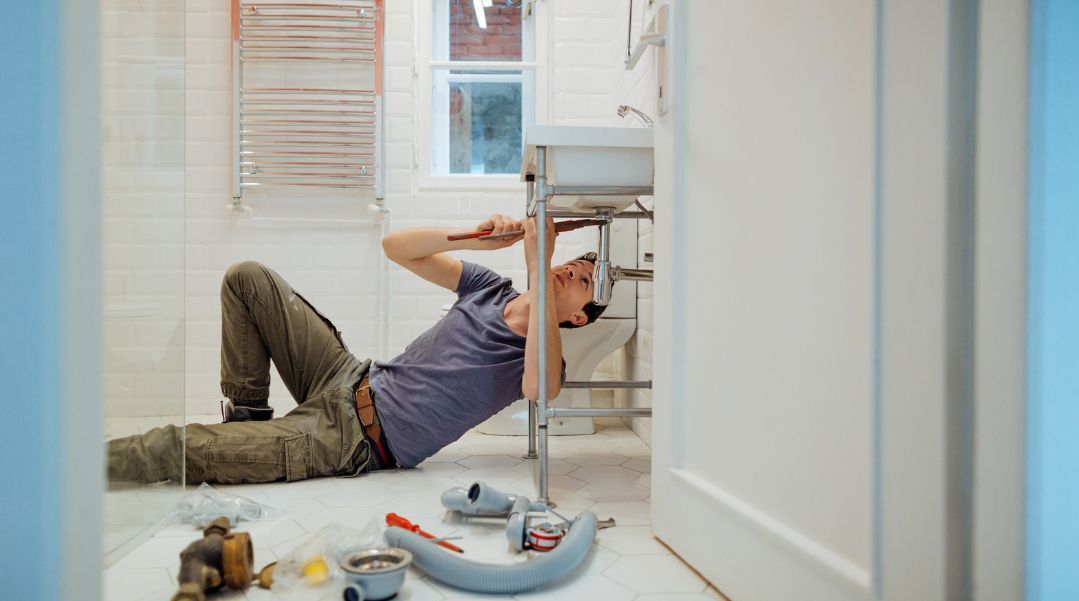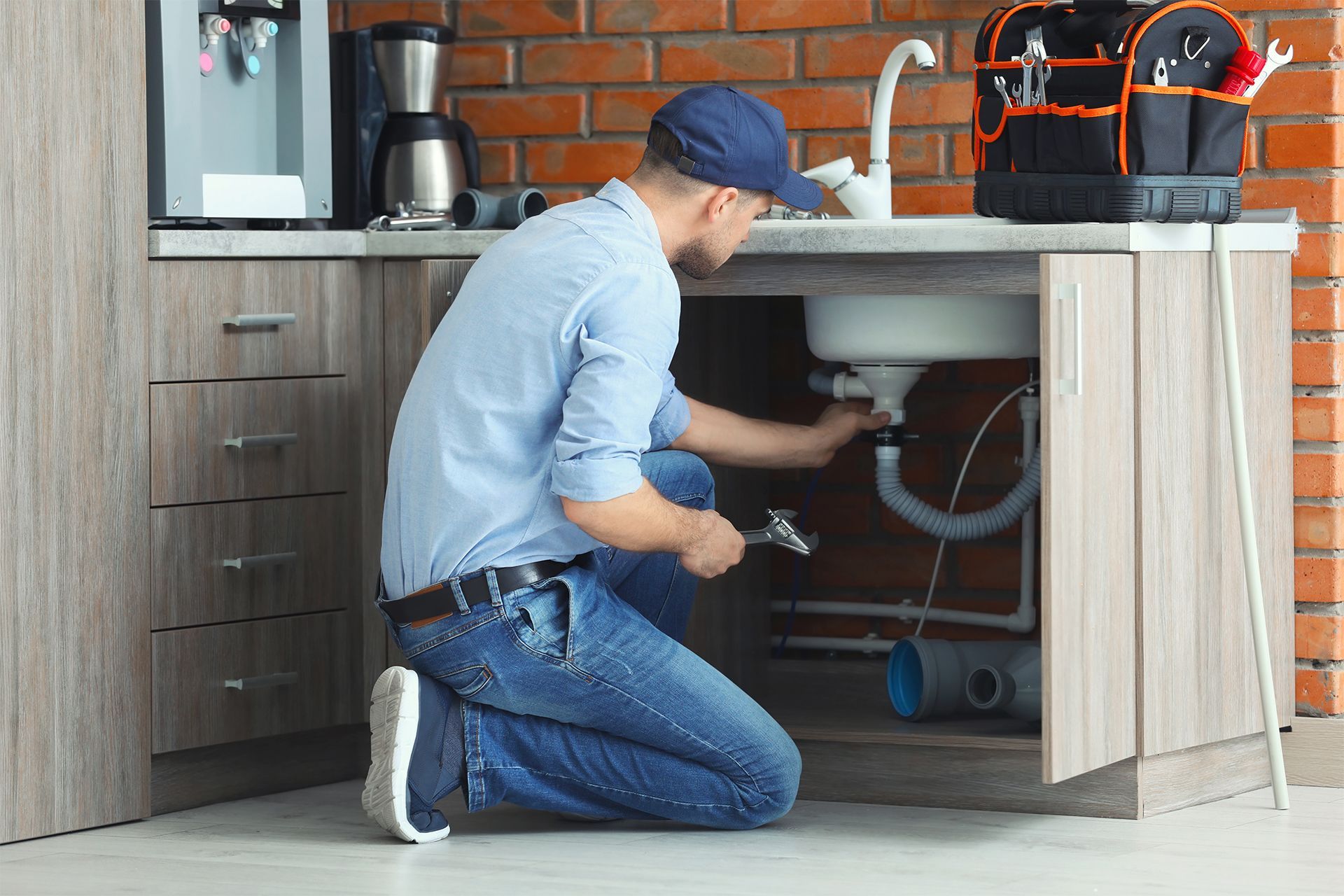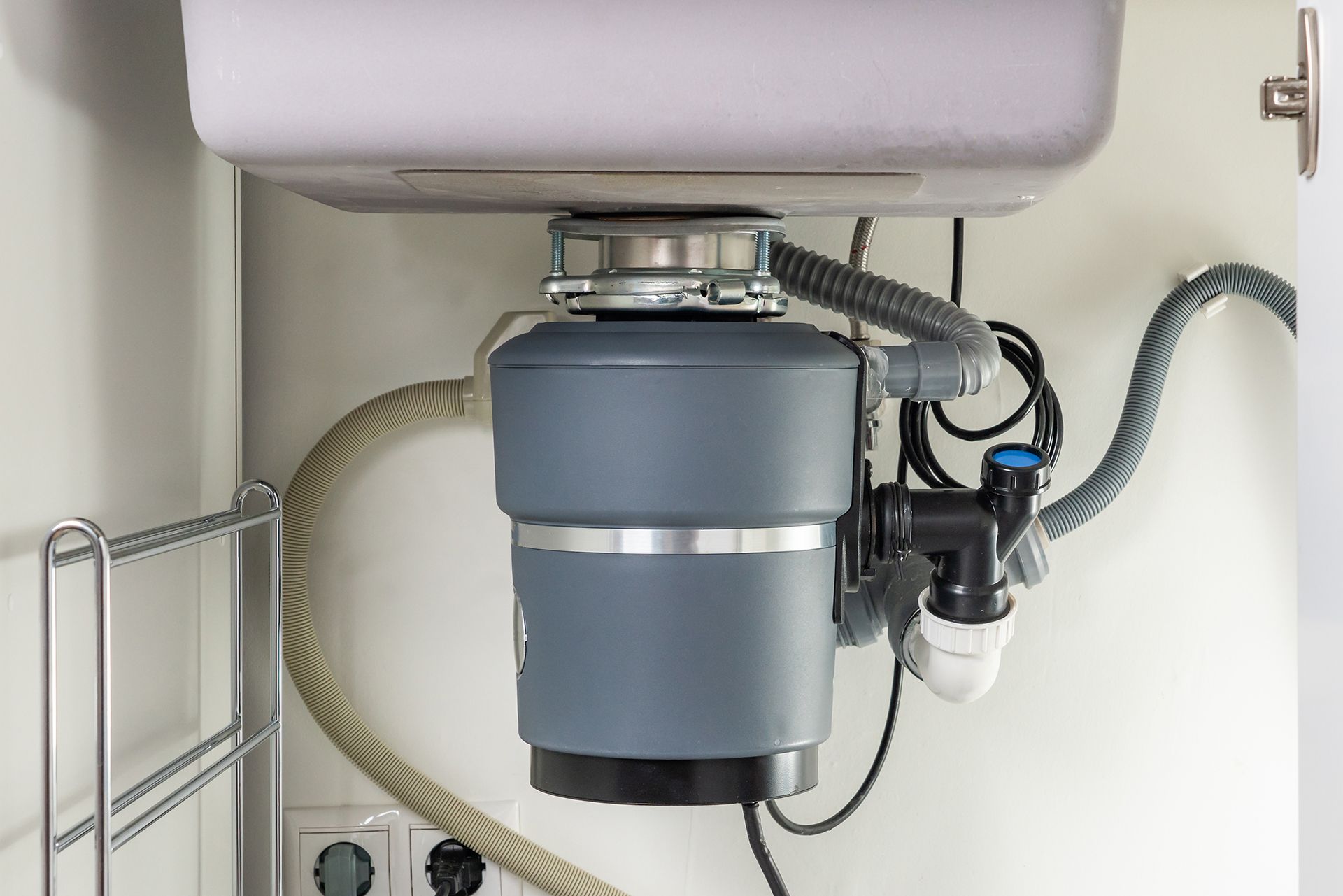How to Know If a Pipe Burst: Top 5 Signs to Check
Detecting a pipe burst promptly is essential to avoid severe damage to your home. Knowing how to know if a pipe bursts can be crucial because if a pipe bursts and goes unnoticed, it can cause extensive harm, from structural damage to fostering mold growth, which poses health risks. Additionally, undetected leaks can lead to shockingly high water bills, sometimes running into thousands of dollars.
This article educates homeowners on the critical signs indicating a pipe has burst. By being aware of these signs, you can act swiftly to mitigate damage, manage repair costs effectively, and ensure the safety and integrity of your home. Let’s dive into the key indicators of a pipe burst so you can be prepared to protect your property.
What Occurs During a Pipe Burst?
A pipe burst happens when a water pipe fails catastrophically, causing water to spill uncontrollably. It’s like a water balloon popping unexpectedly, but the mess can be way more troublesome with pipes.
Why do pipes decide to give us a hard time and burst? Well, it’s not just one reason. Pipes can burst due to a few common culprits that can sneak up on you if you’re not careful.
Here is a brief on what gets those pipes cracking:
- Freezing Conditions: When the temperature drops, water in the pipes can freeze, expand, and cause the pipe to crack open like a walnut.
- Aging: Like everything else, pipes get old. Over time, they weaken, and eventually, they might just call it quits, sometimes quite explosively.
- High Water Pressure: Pipes are only so tough. Hit them with too much pressure, and they might just burst under the strain, like a balloon filling up too much.
- Corrosion: Water can be sneaky, slowly eating away at pipes from the inside out until they can’t hold up anymore.
Top 5 Signs to Check for a Pipe Burst
Discover the top five unmistakable signs of a pipe burst, ensuring you can swiftly identify and address this urgent plumbing issue before it escalates into a costly disaster.
1. Unusually High Water Bill
A hidden pipe burst might be like a silent cash drainer, secretly elevating your water bill. Imagine this: gallons of water escaping undetected, day and night. It’s like leaving a tap open continuously, but you don’t see or hear it. This stealthy leak sends your water usage—and bills—skyrocketing, often before physical signs are evident.
Seeing your water bill soar without any blockbuster water fights or gardening extravaganzas? That’s your cue to play detective and sniff out a possible leak.
Here’s how you crack the case:
- Regularly check your monthly water bills and flag any amount that jumps out of the norm.
- Jot down the figures to compare; if this month’s bill plays leapfrog with the past, there’s your red flag.
- Seasonal changes? Factor them in, but an unexplained hike screams, ‘check me out!’.
- Consistently creeping up, bills whisper tales of a possible leak, begging for attention.
2. Sound of Running Water
In moments of silence, it’s crucial to be attentive to the distinct sound of water running, such as a subtle hiss or the gentle drip-drop that suggests trouble. This is far from a soothing playlist of natural sounds; rather, it’s a potential indicator of a serious issue. With all faucets securely turned off, these sounds of running water or a notable hissing could hint at a concealed pipe burst within your walls.
Have you ever noticed the unique symphony of your home in complete silence? Soft murmurs, dripping sounds, or hissing could be discreet cues signaling plumbing distress.
To locate the source:
- Listen carefully to walls housing plumbing fixtures; these could reverberate the faint sound of a leak.
- Pay special attention to floors, particularly beneath bathrooms or kitchens, as these areas are prime venues for the unrehearsed performance of a leak.
- Focus on the basement as well—this area often hosts the critical aspects of your home’s plumbing system, where sounds might be more discernible.
- Consider the utility room, too, where the continuous operation of machinery might obscure the muted hissing of a nascent leak.
3. Mold and Musty Odors
That musty smell isn’t just a sign of old age or a closed-up house; it’s nature’s alert system. When a pipe bursts and weeps under your floors or behind walls, it creates a cozy, damp retreat ideal for mold. This isn’t just about a funky smell—it’s about an unseen intruder slowly taking over.
Notice a strange, musty odor that lingers like an uninvited guest? That’s mold making its move, and it can mess with more than your home’s vibe—it affects your health too.
Here’s how to detect and dodge these fungal foes:
- Keep an eye out for visible mold growth patterns, often appearing as black, green, or white patches that expand over time.
- Be alert to worsening allergy symptoms like sneezing, coughing, or itchy eyes, particularly in rooms with a musty odor.
- Watch for consistent condensation on windows or walls, a telltale sign that moisture levels might nurture mold.
- Regularly inspect areas prone to dampness, like basements, bathrooms, and laundry rooms, for early signs of mold.
4. Visible Water Damage or Stains
Those peculiar stains on your ceiling or that wallpaper throwing a bulge party aren’t redecorating trends; they’re SOS signals from your home. Visible water damage, like dark spots sprawling across your ceiling, peeling paint, or wallpaper that’s suddenly adopted a 3D look are the hallmarks of a pipe going rogue somewhere unseen.
When your walls start looking like they’ve been experimenting with abstract art or your ceiling adopts an odd, new color palette, it’s time to follow the trail.
These visual clues often unfold:
- Pay special attention to areas directly below bathrooms and kitchens; gravity makes them prime targets for water stains.
- Look for signs around water heater closets, utility rooms, or any place where major plumbing lines run.
- Inspect ceilings beneath bathrooms for stains or swelling, indicating a silent disaster unfolding above.
- Keep an eye on the walls and flooring adjacent to showers and bathtubs, as they’re high-risk zones for leaking pipes.
5. Reduced Water Pressure
Ever notice the water in your shower trickling like it’s too tired to make an effort? That could be a tale-tell sign of a burst pipe somewhere in your home. When pipes burst, they leak, drastically dropping the pressure you need for a good shower or fast-filling sink.
Finding out whether you’re dealing with a city-wide issue or a household headache starts with a little detective work around your home.
Here’s how to spot the difference:
- Check if the water pressure drop is isolated to one part of the house or affects all water outlets.
- Talk to neighbors to see if they’re experiencing similar issues; this could indicate a problem beyond your property.
- Turn off all taps and appliances using water, then listen for unusual sounds within the plumbing, which could suggest a leak.
- Observe if the water pressure fluctuation coincides with specific times or events—this can often distinguish between broader supply issues and personal plumbing problems.
What to Do if You Suspect a Pipe Burst?
The moment you suspect a pipe burst, think of it as if you are finding a leak in your boat mid-voyage – quick action is crucial to keep from sinking. There’s a tried-and-true first response playbook to follow, ensuring you don’t let the situation flood out of control.
- Turn Off the Main Water Supply: This is like hitting the emergency stop button. It’s your first line of defense to stop the water flow.
- Drain the Pipes: Turn on all taps to drain the remaining water. Think of it as letting the steam out to prevent further pressure build-up.
- Electrical Safety: If water has made its way to electrical outlets or devices, cut the power to affected areas. Safety first – electricity and water are a dangerous mix.
- Document the Damage: Snap photos for insurance purposes. Today, your smartphone is your best ally in documenting the scene of the incident.
- Mop Up: Start clearing up the water as best you can. Every little bit helps in reducing the overall damage.
When you suspect a pipe burst, calling a professional plumber is essential. They’re equipped with the expertise and tools necessary to fix the issue and prevent future ones. Their ability to repair damage and avert further crises is invaluable, emphasizing the importance of quickly getting their help.
In the meantime, you can take immediate steps to lessen the damage. Clear the area, move valuables to a safe place, and begin soaking up water with buckets or towels. These measures are vital for managing the situation and minimizing damage until the experts arrive.
Prevention Tips
No one likes a burst pipe, so get ahead with these quick tips:
- Regular Maintenance Checks: Quick checks now can save a flood of trouble later.
- Insulating Pipes: Keep pipes warm to prevent freezing—and bursting.
- Monitoring Water Pressure: High pressure is a no-go; keep it steady to avoid strain on pipes.
- Seasonal Precautions: Draining outdoor pipes before winter helps dodge bursts.
- Sign Recognition: Odd noises or rusty water could hint at pipe problems.
Keep the plumber at bay with these inspection perks:
- Early Problem Detection: Spot the small stuff early to sidestep big fixes.
- Savings on Repairs: Frequent checks can mean fewer costly repairs.
- Water Bill Reduction: Find and fix leaks to stop water (and money) from slipping away.
- Plumbing Longevity: Regular care extends your system’s life.
- Peace of Mind: Rest easy knowing your plumbing is under watchful eyes.
Conclusion
Identifying the signs of a pipe burst early, such as reduced water pressure, unusual noises, and unexpected water bills, is crucial in avoiding the high costs and inconveniences of water damage. At Showtime Plumbing, we always stress the importance of acting swiftly when these symptoms arise. The longer you wait, the steeper the repair bills and headaches. So, if you spot any of these red flags, don’t hesitate—give us a ring. Contact Us at (562) 822-5734.
